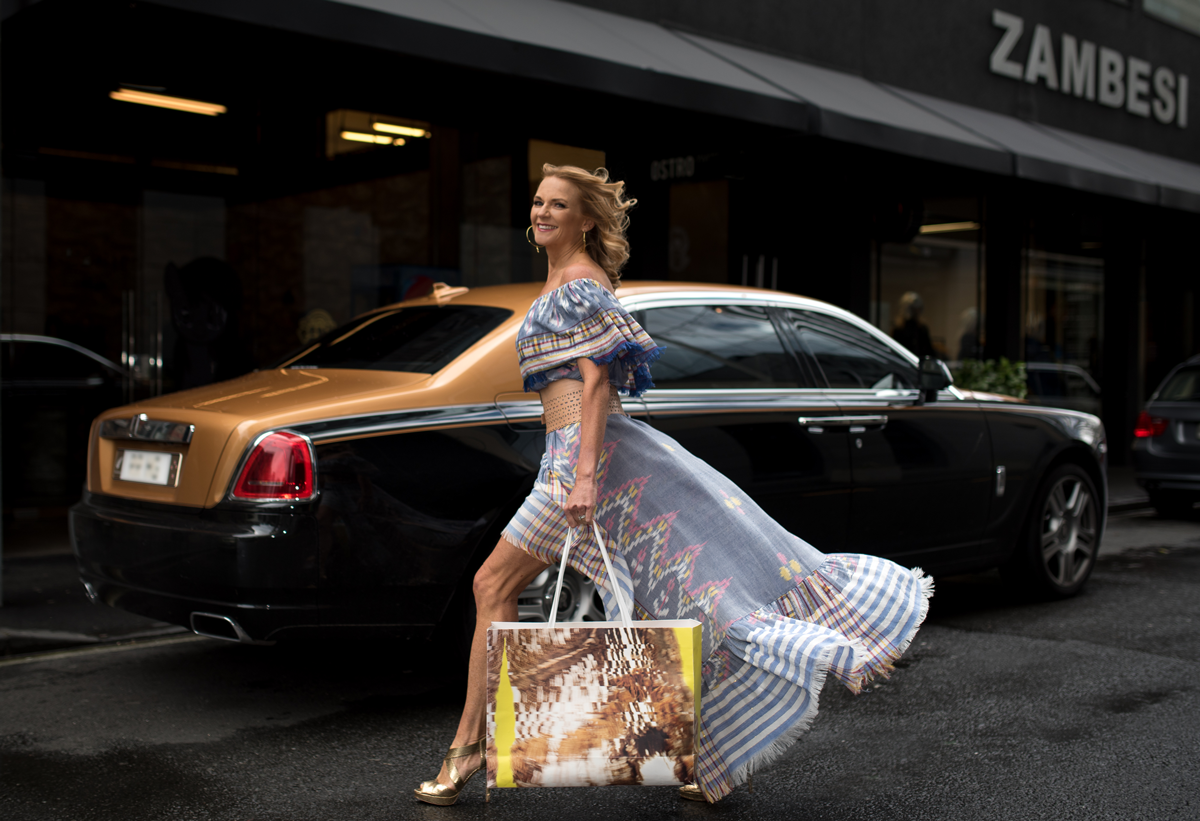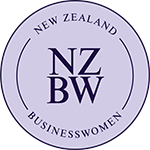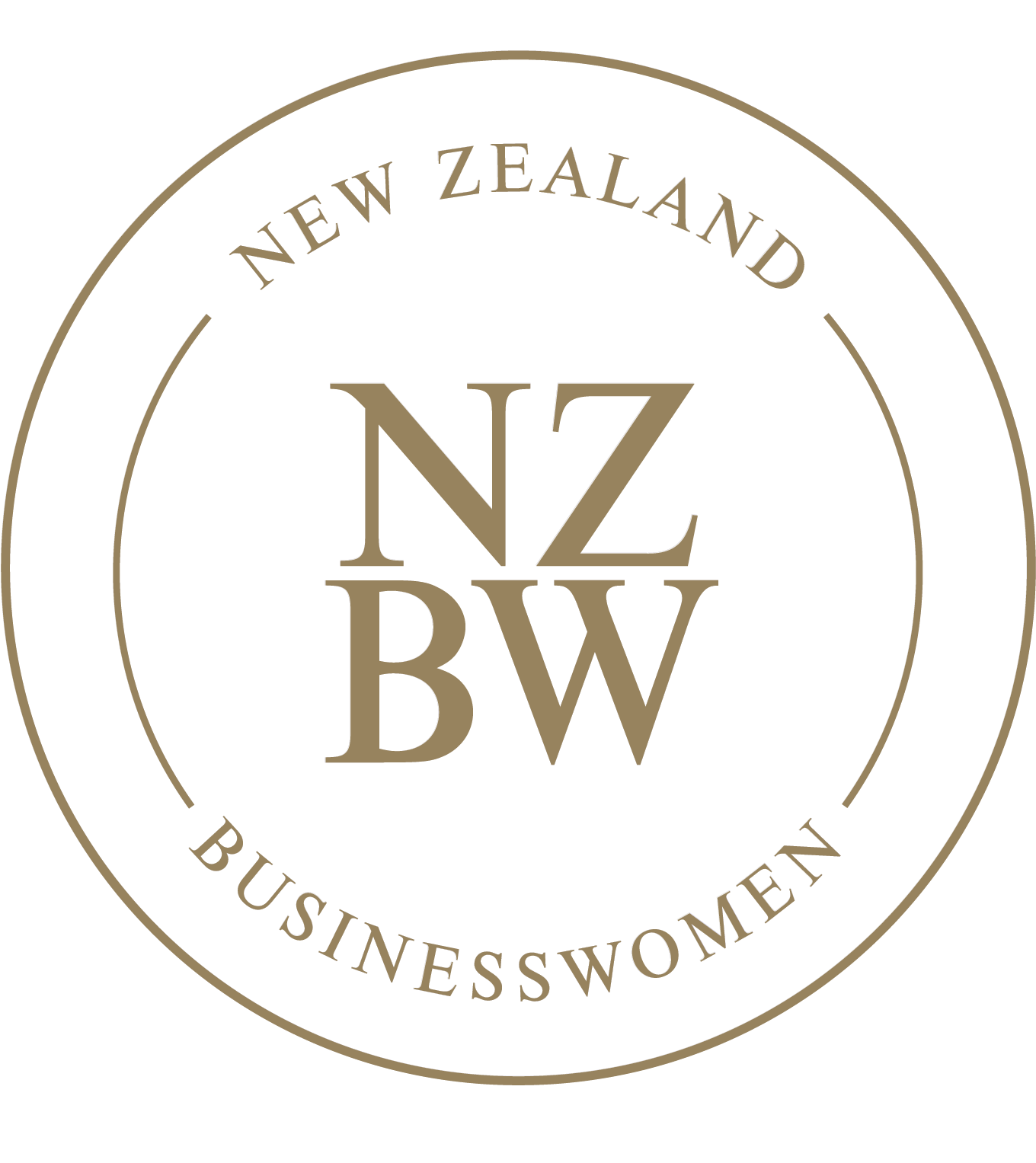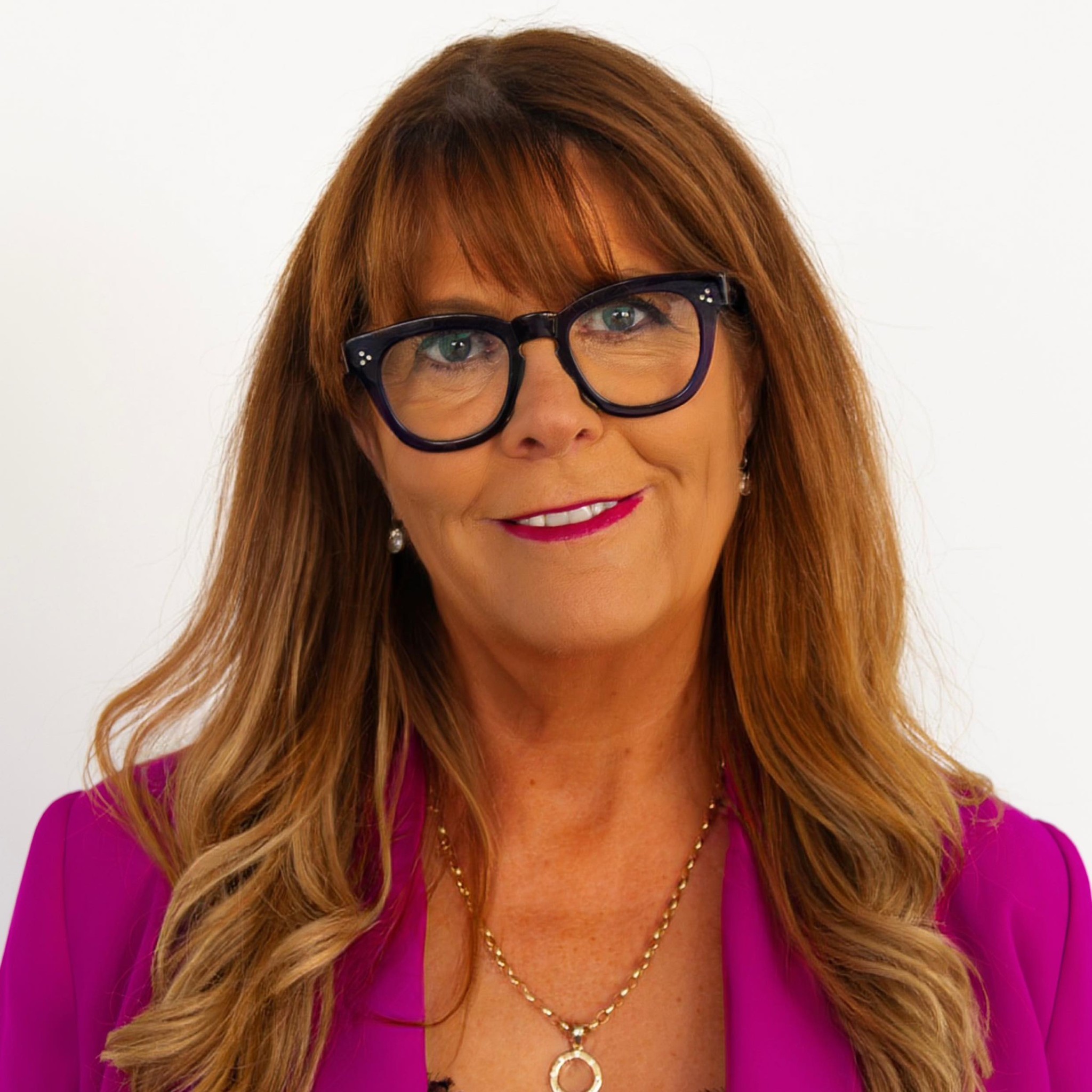
Meeting Topic
How to Read Your Financial Statements By Raelene Rees, Chartered Accountant
In this article, Raelene Rees – Chartered Accountant and a member of our Venus Management Team – shares vital information with us that can help us understand not only how to read those pesky Financial Reports – the P&L and the Balance Sheet – but also WHY it’s so important to be able to do so.
Can you read your financial statements? If not, what could help you – perhaps further training in this area? A friendly, proactive accountant? Do you think your financials are correct or do you have a ‘feeling’ something’s not right? Do they make logical sense to you? If not, seek out help from your own accountant as a first port of call or from within our network.
As you construct your 60-second intro this time, consider sharing one way you know you can become more financially savvy and empowered in your business (because if you know it will help YOU, it will probably also be helpful to someone else!)
………….
Full article
Firstly, don’t get overwhelmed! There are many, many pages required by legislation but there are really only 2 pages of significance – your Profit & Loss Statement (P&L) and Balance Sheet (also referred to formally as the ‘Statement of Financial Performance’ and ‘Statement of Financial Position’).
The P&L tells you what the profit (or loss) is for the stated period – usually at year end on 31 March.
The Balance Sheet is a snapshot of assets and liabilities of the business as at a certain date – usually 31 March.
The P&L is required for tax purposes and is also a useful tool to see how well, or not, your business is performing. Sometimes outside influences, or things that are outside your control, can affect this – for example Covid 19 and the Christchurch earthquakes. Sometimes these outside influences can be a good thing for business. Often, an unexpected event has a temporary impact and the business will return to a more normal trading pattern after a period of time. For this reason, it’s very useful to compare P&L’s from different years to more accurately view the effect of these fluctuations and not become dependent upon them to continue at the current rate (whether negative or positive).
Another important fact to bear in mind is that after a year of increased profits, a year of increased taxes will follow. I foresee some surprises in this area in 2021!
A P&L will begin with the ‘meaty’ trading area – where sales are matched with the purchase of material necessary for those sales (cost of goods) as well as wages. When you subtract those costs from sales, you’re left with a ‘gross margin’. Gross margin will vary between industries and also types of clientele. For example, The Warehouse will have a much lower gross margin than Harvey Norman, as The Warehouse is relying on thousands of sales of low value items each day.
Next, the P&L will show your ‘overheads’ deducted from the gross margin. ‘Overheads’ include things like advertising, freight, rent, phone, electricity, insurance etc. These may be in the form of direct or indirect expenses. Direct expenses are those items that have a direct effect on turnover like advertising and freight. Indirect expenses are things like insurance or rent – meaning no matter how much you sell, these overheads always remain the same. (One exception is in the instance where you sell so much that you require more space, so rent increases and then your insurance cover needs to increase.)
Finally, the P&L will show ‘depreciation’ being deducted. This is IRD specific rates applied to different assets and is representative of wear and tear as the asset ages and technology improves. NOW you’ll see your ‘net profit’ figure. This is what you pay income tax on. If you are a sole trader, this figure gets included in your personal income tax return. If you trade as a company, it may be split into shareholder salaries and dividends or remain as retained earnings in the company. A good P&L would show an improving net profit position over time, with explanations provided for when it doesn’t go according to plan. A good accountant will indicate when your costs and expenses are out of kilter with expected norms for your industry.
The Balance Sheet shows ‘assets’ which include: stock, debtors/receivables, cash in the bank, plant – computers, vehicles (fixed assets) and goodwill on the purchase of a business. It also shows ‘liabilities’ which include: bank overdraft, creditors/payables, deposits received in advance for work not yet done and loan/hire purchase obligations.
A good balance sheet would have:
- more debtors and stock than creditors
- bank balance within limits bank agreed to and fluctuates regularly
- fixed assets in excess of loans/hire purchase
- reducing debt each year
- shareholders fund account in credit, meaning the business owes you money, not you owing the business money
Regular review of your financial reports allows you to monitor these balances so that they look good for the bank when you require their assistance – during a rough patch OR for expansion.
Being able to read financial statements will ensure you are more in-tune with your business and will help you understand how they will change when different circumstances arise (for example, a large customer doesn’t pay you, so your debtors are high and the bank balance is low). Your bank manager will have more respect for you when you can talk sensibly about the financial state of your business – in fact, you could end up knowing more than them! I believe this knowledge is always good, as it puts you in a more powerful position!
You can learn more about how Raelene helps her clients here: https://www.reesaccounting.co.nz/
Next Meeting Topic
Are You Putting Your Best Foot Forward? By Johanna-May Manks
This fortnight’s article is contributed by our Training Suite coach, Johanna-May Manks. As you construct your 60-second intro, read the entire article and then share with your group how brand-ready you feel or how brand-ready your wardrobe is. Are you confident that you will feel good in what you wear?
Here are some things to consider…
- Are you ready if a client wants an urgent zoom meeting?
- Would you be ready if you were called to an urgent in-person meeting?
- Are you confident you have an outfit available for all types of events, meetings or seminars – plus a backup?
- Do you feel you represent your brand in the best way possible through what you wear and how you present yourself?
- Did you realise your image and style are also part of your marketing for your brand?
- If you answered ‘no’ to any of the above, what do you know you could do differently?
………….
Full article
Are You Putting Your Best Foot Forward? By Johanna-May Manks
When you step into that powerful meeting – when you know this is your ultimate chance to win the client that you have been building your brand for, the one you have been dreaming to have on your books – you’re excited yet nervous; you’re tired from the long hours you’ve been putting in and you’ve had no time to think of anything but this meeting…. argh! AND, how about what you are wearing? Have you put time into remembering that you, yes you are the walking representative of your Personal Brand? Do you feel confident, powerful and amazing in what you are wearing and how you look? Are you wearing an outfit that is appropriate, does it resonate with your brand, does it allow you to be your authentic self, can you stand loud and proud and know that it makes you feel confident, that you have reached your full potential when you step into that limelight!!
You have mere seconds to make your first impression, and creating a long lasting impression matters just as much. When you feel good on the outside you feel good on the inside. Confidence is key in delivering your expertise and knowing that you are dressed appropriately will help you all the way.
What you wear doesn’t have to be expensive, ‘Designer’ nor the latest most high-end fashion, but it does need to work for you and who you are and what you do in both your professional and your personal life.
Like most things, education is key. When it comes to how you present yourself, learning and educating yourself in what works for the ‘UNIQUE YOU’ will benefit you in all that you do and give you confidence to deliver your expert knowledge. Top to toe is the key – leave no stone unturned. Hair, skin, makeup and wardrobe… these are all integral parts to getting it right.
Why not stand out and be remembered for not only your professional work but your professional image? It’s ok if you are remembered for (besides your amazing work) that amazing jacket that you had on or that awesome colour you wore or the stylish boots you were wearing. Being remembered for positive reasons is what we want! The key to all of this however is making sure it is right for you and for what you are wanting to represent and be remembered for.
There is nothing worse than being prepared for that ideal client, the seminar you are running or the dinner you have been invited to at the last minute and panic that you have nothing to wear or nothing ‘appropriate’ to wear. Turning up with an inappropriate outfit could reflect poorly on you and negatively affect the outcome. Stepping into that meeting, on stage for the seminar or for dinner in an outstanding well-thought-out outfit that works for ‘you’ will result in a positive outcome.
Having a wardrobe plan is key. Having outfits for these occasions is key. Having back-ups is key. It doesn’t have to be expensive, it doesn’t have to be hard… it’s simply being educated in what is right for you and your brand. Statistics say we wear only a small percentage of our wardrobe. It is a waste to the environment and to our wallets. This waste is often because items don’t fit or because the colours don’t work for us. The outcome of wearing these items would be that they don’t feel amazing when they are worn so they are left hanging in our over-cluttered wardrobes collecting dust.
I challenge you to have a good honest look at your wardrobe, and pull out those items that you haven’t worn in the last 12 months. Once you’ve done that, identify if you could use them or what you need to do with them (and you have several options!):
- Perhaps the garment is ‘OK’ but you don’t know how to wear it – do you need help?
- Are there mixing and matching opportunities with these garments?
- What was it that you loved about it when you bought it, and do you still feel the same way?
OR is it time to…
- Drop them to a recycle shop to be on-sold and re-loved
- Donate them because you know they no longer work for you, and you’d rather someone else got enjoyment from them.
Many people have found that fresh inspiration and confidence to drive them to the top of their profession through how they Brand themselves and through what they wear. They look better, they feel better, they perform better.
Johanna-May Manks is a professional stylist and specialist at helping the unique ‘you’ shine through in your professional wardrobe and image. Find out more about how she helps her clients here: https://www.johanna-may.co.nz/
You can attend Johanna’s Venus Auckland workshop here – Build a Memorable Personal Brand – 28th June 2021
 Print This Post
Print This Post




